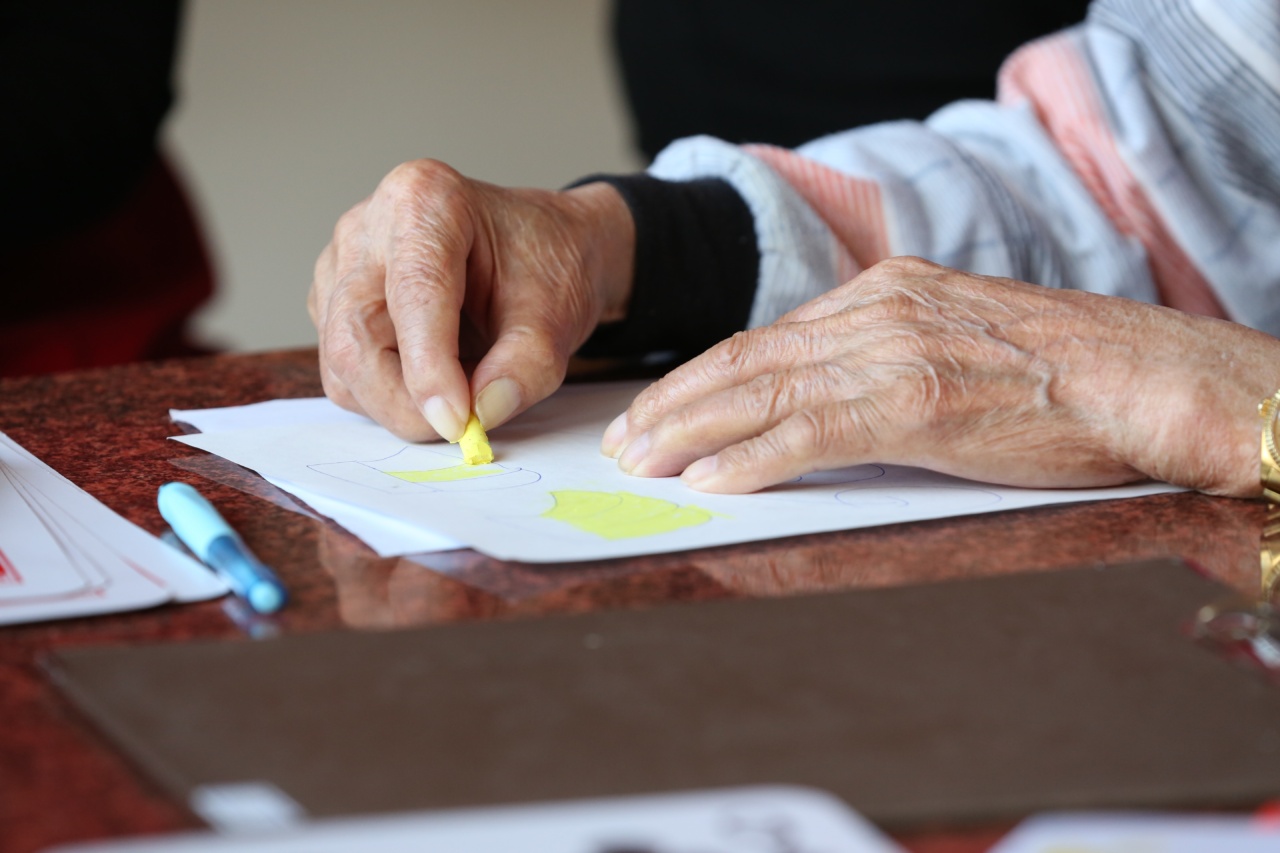Arthritis is a common condition that affects millions of people worldwide. It is characterized by inflammation of the joints, leading to stiffness, pain, and reduced mobility.
One of the most frequently affected joints is the knee, which bears the weight of the body and is essential for standing, walking, and running. Understanding the early warning signs and exploring the available treatment options can help individuals manage arthritis-related knee pain effectively. Let’s dive deeper into this topic.
Early Warning Signs of Arthritis in the Knee
1. Knee Pain and Stiffness: A persistent ache or stiffness in the knee joint, particularly after prolonged periods of rest or inactivity, can be an early indication of arthritis. This discomfort may gradually worsen over time.
2. Swelling and Redness: Arthritis can cause the knee joint to become swollen and inflamed. The affected area might also appear red and feel warm to the touch.
3. Cracking or Popping Sensation: Individuals with knee arthritis often experience a cracking or popping sensation when moving their knee joint. This can be accompanied by a feeling of instability.
4. Limited Range of Motion: Arthritis can affect the flexibility and range of motion in the knee joint. Individuals may find it challenging to fully extend or flex their knee without discomfort or restrictions.
5. Tenderness and Sensitivity: Arthritic knees can become tender to touch, and the surrounding skin might feel sensitive due to the underlying inflammation.
6. Muscle Weakness: As arthritis progresses, the muscles around the knee joint can weaken. This can further contribute to difficulties in performing physical activities and affect overall mobility.
7. Difficulty Walking or Standing: Arthritic knee pain can make it difficult to walk for extended periods or stand for prolonged durations. Individuals may experience instability or a feeling of the knee “giving way.”.
Treatment Options for Arthritis-related Knee Pain
Fortunately, several treatment options can help individuals manage arthritis-related knee pain and improve their quality of life. The choice of treatment depends on the severity of the condition and individual preferences.
Here are some commonly recommended approaches:.
1. Medications
In many cases, over-the-counter pain medications such as nonsteroidal anti-inflammatory drugs (NSAIDs) can provide temporary relief from knee pain caused by arthritis.
However, for severe or persistent pain, a healthcare professional might prescribe stronger pain medications or corticosteroid injections.
2. Physical Therapy
Physical therapy plays a crucial role in managing arthritis-related knee pain. A physical therapist can create an individualized exercise program to improve joint strength, flexibility, and stability.
They may also incorporate other therapies, such as heat or ice treatments, to alleviate pain and inflammation.
3. Assistive Devices
Assistive devices can help reduce stress on the knees and enhance mobility. Knee braces, crutches, and walkers are some examples of assistive devices that can provide support, stability, and pain relief.
4. Lifestyle Modifications
Implementing certain lifestyle modifications can make a significant difference in managing knee pain caused by arthritis.
Maintaining a healthy weight reduces the load on the knees, while low-impact exercises like swimming or cycling can improve joint flexibility without excessive strain.
5. Injections
In some cases, injections of hyaluronic acid or corticosteroids directly into the knee joint can provide temporary relief from arthritis pain. These injections help reduce inflammation and lubricate the joint, improving overall joint function.
6. Surgical Interventions
If conservative treatments fail to alleviate knee pain, surgical interventions may be considered. Options range from minimally invasive arthroscopy to total knee replacement surgery.
The choice of surgery depends on the specific needs and condition of the individual.
7. Complementary Therapies
Many individuals find complementary therapies, such as acupuncture, massage, or herbal supplements, helpful in managing arthritis-related knee pain. It’s essential to consult with a healthcare professional before trying any alternative treatment.
8. Pain Management Techniques
Learning and practicing pain management techniques can provide significant relief. Techniques such as deep breathing exercises, meditation, and mindfulness can help individuals cope with pain and reduce stress levels.
9. Joint Care and Protection
Engaging in activities that prioritize joint care and protection is crucial for individuals with arthritis.
This includes avoiding activities that involve repetitive stress on the knees and ensuring proper posture and body mechanics while performing daily tasks.
10. Education and Support
Staying informed about arthritis, its management, and connecting with support networks can make a considerable difference in managing knee pain.
Education and support help individuals make informed decisions about their treatment and provide opportunities to share experiences and learn from others.
Remember, it’s essential to consult with a healthcare professional for an accurate diagnosis and individualized treatment plan.



























